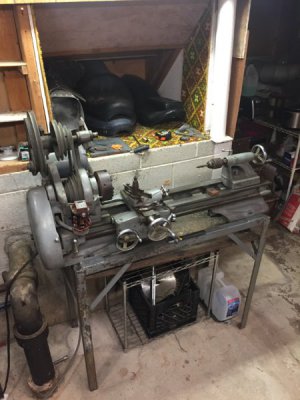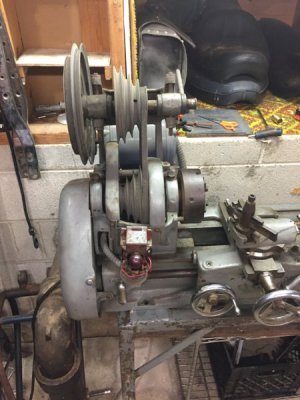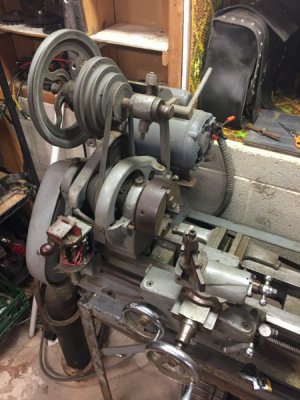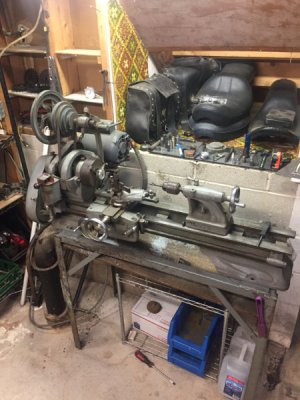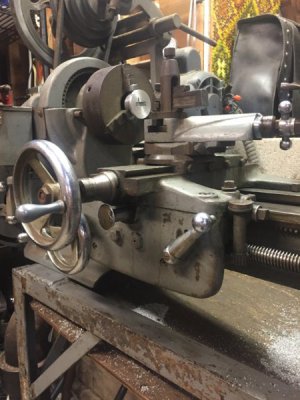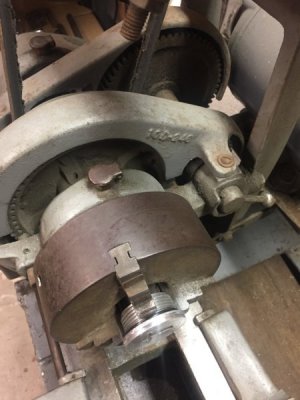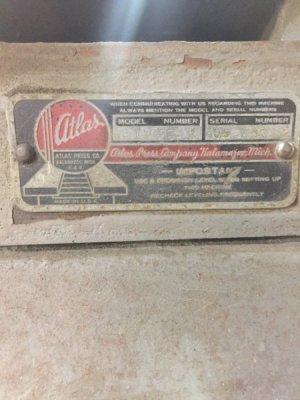Welcome to H-M
As Rod said, a lot of the parts on the 10F Series have 10D- part numbers. Some also still have 10- or 9-. My Atlas 3996 made summer of 1980 still has a few 9-, 10-, 10D- and 10F- parts on it. Unlike a lot of companies, especially car manufacturers, Atlas originally only changed a part number if the part was different and not backwards compatible to earlier models. If a part was modified, but still at least provisionally backwards compatible, it got a suffix letter. That remained true from 1932 until into the 1960's, when the Clausing contingent began to get the upper hand and started changing things.
If you ever have reason to have to pull the spindle and bearings, you should find dates engraved on the Timken bearings. It isn't clear whether the engraving was done by Atlas or Timken but whichever one is the later sets an earliest possible date for the machine. From the usually different dates on the two original bearings, we know that Atlas did not practice FIFO (First In First Out) in their inventory control but the later date is as good a way as we have for dating the Timken equipped machines. Clausing (bought by Atlas in 1949/50 but later managed to change the company name back to Clausing) over the years lost or destroyed all of the production records. On the plus side, Clausing, unlike most companies, still provides some parts and technical support for the older equipment. Prices may seem high compaired to what you probably paid for the machine, but they simply reflect the fact that you can't still make parts and sell them for what shows up on the old price sheets.
Your machine was probably made in late 1944 or early 1945. The model number is a 10F number and translates as follows
T = Timken (blank would be Babbit spindle bearings)
V = Vertical Countershaft (the more common one is H for Horizontal)
42 = 42" bed length. Other choices are 36, 48 and 54. 42 means that the size classification is 10x24.
The vertical countershaft (which is why your machine lacks a top cover on the headstock) went out of production in late 1945.
